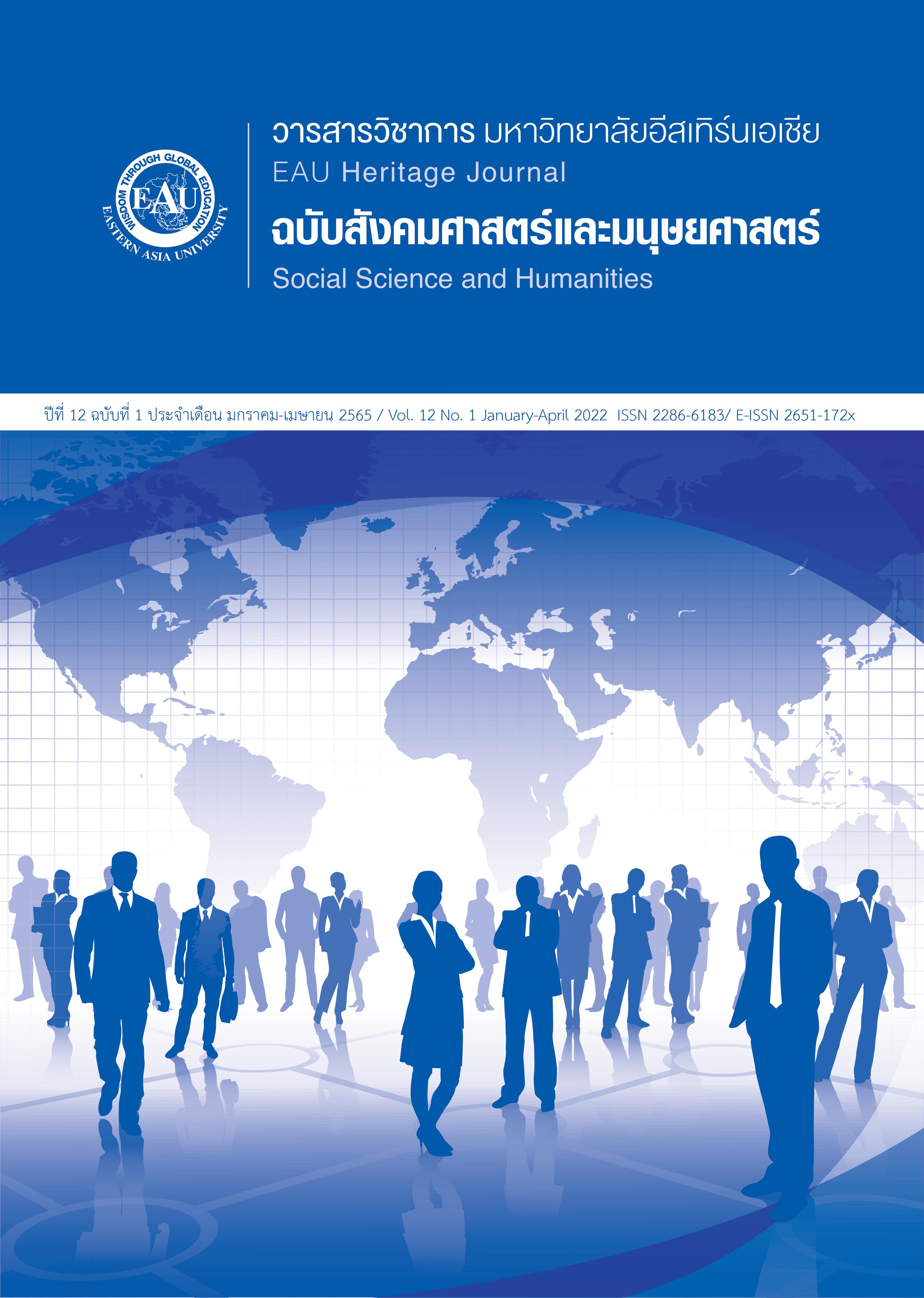The Perception of News in a Digital Age
Keywords:
Communication, Digital media, Information literacyAbstract
The process of transmitting a message so that another individual or group of people gets the intended meaning is known as communication. It is also critical for human civilization to advance further. Digital and information technologies are fast expanding these days, resulting in new information and news distribution channels known as digital media, such as websites and social media. This allows people to get information from a variety of sources and at a faster rate than traditional media such as print, radio, and television. News can be imported into digital media by anyone, not only news organizations. The general people can also help bring stories to digital media. As a result, people should be aware of the truth and know how to properly seek the facts on their own, as well as the hidden implications of those importers, in order to make an informed appraisal of the information.
References
Satawatin, P. (1994). Principles and theories of communication. Nonthaburi: School of Communication Arts Sukhothai Thammathirat Open University. (in Thai)
Pattanarangsan, R. (2001). Human Behavior and Self Development. Bangkok: Rajabhat Institute Chandrakasem. (in Thai)
Marungrueng, W. (2019). Developing Effective Communication by Human Development. Buddhist Psychology Journal, 4(2), 73-83. (in Thai)
Office of the Royal Society. (2013). Social Media, Retrieved October 30, 2021, from http://legacy.orst
.go.th/?knowledges=สื่อสังคม-4-ตุลาคม-2556. (in Thai)
Damjub, W. (2019). Social Media for Teaching and Learning in the 21st Century, Journal of Liberal Arts Maejo University, 7(2), 143-159. (in Thai)
Sukonrattanamethi, Natthakan., & Moksat, Nutprapha. (2019). Youths’ social media literacy for citizenship in a democratic society. Research and Development Office, The King Prajadhipok’s Institute. (in Thai)
Pakpoom Hunnapha, (2001), Introduction to news writing. Bangkok: Inthaninpress. (in Thai)
Kokkeadtikul, C., & Danpaiboon, T. (2018), FAKE NEWS: PROBLEMS AND CHALLENGES, NBTC Journal, 2(2), 173-192. Retrieve form https://www.tci-thaijo.org/index.php/NBTC_Journal/article/
download/146058/115541. (in Thai)
European Commission. (2018a). The Legal Framework to Address “Fake News”: Possible Policy Actions at the EU Level. Retrieved from http://www.europarl.europa.eu/ RegData/etudes/IDAN/2018/
619013/IPOL_IDA(2018)619013_EN.pdf
Pokudom, N. (2019). Data Privacy in the Digital Age. EAU HERITAGE JOURNAL Science and Technology, 14(2), May-August 2020.
Facebook. (2020). tips to spot false news. Retrieved October 30, 2021, from https://www.facebook.com
/journalismproject/programs/third-party-fact-checking/tips-to-spot-false-news
The Computer Crimes Act (No. 2) B.E. 2560 (2017). (2017, 24, January). Royal Thai Government Gazette.
Volume 134, Part 10, pp. 24-35. (in Thai)
Inthanon, S., (2020), DQ Digital Intelligence, Bangkok: Child and Youth Media Institute.





